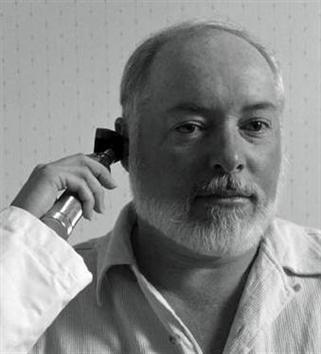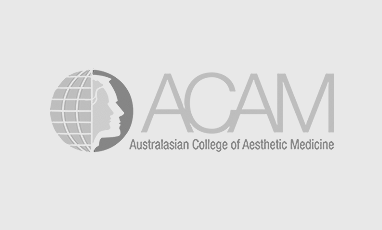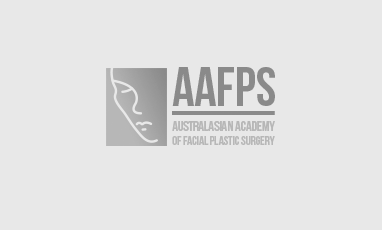 What is Ear Surgery?
What is Ear Surgery?
Ear surgery is the treatment of diseases, injuries, or deformations of the ear by operation with instruments. It is commonly used to correct certain types of hearing loss, to treat diseases of, injuries to, or deformities of the ear’s auditory tube, middle ear, inner ear, and auditory and vestibular systems.
Surgery is commonly performed to treat conductive hearing loss, persistent ear infections, unhealed perforated eardrums, congenital ear defects and tumours.
Notes About Ear Surgery
The precautions vary, depending on the type of ear surgery under consideration. Consideration for intercurrent infections, contralateral ear function, patient general medical status, occupation and expectancy must be taken into account in all procedures.
As an Ear, Nose and Throat specialist, Dr Mooney has licensed audiologists who can offer complete hearing evaluations and treatment for adults, children, and infants. Advanced diagnostic testing, including nerve function, middle ear and balance testing, is also available when requested by your GP.
If appropriate, the audiologist can fit hearing aids and assistive listening devices using state-of-the-art computerised technology. Protective hearing devices are also available for people whose work or recreation involves high levels of potentially damaging noise exposure.
The Surgical Procedure
Most ear surgery is microsurgery, performed with an operating microscope to enable the surgeon to view the very small structures of the ear. The use of minimally invasive laser surgery for middle ear procedures is growing. Laser surgery reduces the amount of trauma due to vibration, enhances coagulation, and enables surgeons to access hard to reach places in the middle ear. Laser surgery can be performed in an office operating suite. Types of ear surgery include stapedectomy, tympanoplasty, myringotomy and ear tube surgery, ear surgery to repair a perforated eardrum, cochlear implants, and tumour removal.
Tympanoplasty is performed to reconstruct the eardrum after partial or total conductive hearing loss, usually caused by chronic middle ear infections, or perforations that do not heal. This is usually a same day surgery, performed under either local or general anaesthesia. After making an incision in the ear to view the perforation, the eardrum is elevated away from the ear canal and lifted forward. If the bones of hearing (ossicular chain) are functioning, tissue is taken from the ear and grafted to the eardrum to close the perforation. A thin sheet of silastic or Gelfoam holds the graft in place. The ear is stitched together, and a sterile patch is placed on the outside of the ear canal.
Myringotomy (commonly known as “Grommets”) and ear tube surgery is performed to drain ear fluid and prevent ear infections when antibiotics don’t work or when ear infections are chronic. The process normalizes pressure in the middle ear and decreases fluid accumulation. It is most commonly performed on infants and children, in whom ear infections are most frequent, and may be done on one or both ears. The surgeon makes a small hole in the eardrum, and then uses suction to remove fluid. A small ear tube of metal or plastic is inserted into the eardrum to allow continual drainage.

The tube prevents infections as long as it stays in place, which varies from six months to three years. When the tube falls out, the hole almost always grows over. As many as 20% of children under the age of two who need ear tubes may need them again. Myringotomy and ear tube surgery is performed in a hospital, using a general aesthetic for most children and a local aesthetic for older children or adults. In these latter cases the procedure may be performed in our clinic. The procedure usually takes about twenty minutes. Most patients can go home the same day.
Ear surgery for a perforated eardrum is only performed in rare cases where it does not heal on its own. In some cases, this is performed in a surgeon’s office using a topical aesthetic. The surgeon scratches the under surface of the eardrum, stimulating the skin to heal and the eardrum to close. A thin patch placed on the eardrum’s outer surface allows the skin under the eardrum to heal.
Cochlear implants stimulate nerve ends within the inner ear, enabling deaf children to hear. The device has a microphone that remains outside the ear, a processor that selects and codes speech sounds, and a receiver/stimulator to convert the coded sounds to electric signals that stimulate the hearing nerve and are recognized by the brain as sound.
During surgery, an incision is made behind and slightly above the ear. A circular hole is drilled in the bone to receive the device’s internal coil. The mastoid bone leading to the middle ear is opened to receive the electrodes. The internal coil is inserted and secured, followed by the electrodes. The wound is stitched up and when it heals, an external unit comprised of a stimulator with a microphone is worn behind the ear. Performed in a hospital under general anaesthesia, the operation takes about two hours and usually requires a hospital stay overnight. The patient can resume normal activities in two to three weeks.
Method
Methods of ear surgery vary greatly. For example for congenital external ear deformities, a facial plastic surgeon and an ear surgeon work together, repairing the microtia first and then the atresia. During surgery, a bony opening is created over the bones of hearing. The surfaces of the bony ear canal are then relined with a skin graft from the thigh or abdomen. Tissue from behind the eardrum is used to create a new eardrum. In many cases, the middle ear will also need to be reconstructed. Surgery is performed in a hospital under general anaesthesia.
Ear surgery for tumours involves surgically removing tumours from the skin of the ear canal, then drilling away bone beneath and covering it with a skin graft. If the tumour is near the eardrum, the skin of the ear canal and the eardrum are removed along with the bone surrounding the ear canal. A skin graft is placed on the bare bone. For basal cell cancers and low-grade glandular malignancies, surgical resection of the ear canal is adequate. Squamous cell carcinoma, a serious form of cancer, of the external ear canal requires radical surgery, followed by radiation therapy.
Cholesteatoma, a benign tumour caused by an infection in a perforated eardrum that did not heal properly and can destroy the bones of hearing, is removed with microsurgery. Mastoidectomy is performed for mastoiditis, an inflammation of the middle ear, if medical therapy does not work. Petrous apicectomy is performed to drain the petrous apicitis, the bone between the middle ear and the clivis.
Ear surgery for congenital ear defects is surgery to repair defects such as congenital atresia (the absence of the external ear canal) and congenital microtia (abnormal growth of the inner ear). Surgery to reconstruct the ear usually takes place when the child is four or five years old and may require several operations.
Other types of ear surgery may be required to remove multiple bony overgrowths of the ear canal or in rare cases of compromised auditory tube function, to narrow the tube.
What to expect after surgery
The type of aftercare depends upon the type of surgery performed. In most cases, the ear(s) should be kept dry and warm. Routine oral medication can be used for pain. Oral and topical antibiotics are often used. The type of risk depends on the type of surgery performed. Total hearing loss is rare. Common risks of surgery such as pain bleeding and infection are rare but possible. The nerve of taste and the nerve that moves the facial muscles are both intimately associated with the ear. These are very rarely damaged. In all cases the risks of surgery will be discussed with us in the clinic before surgery is considered.
To speak further with our patient coordinator please use our online enquiry form or to book a consultation today please call 0484 900 384..




